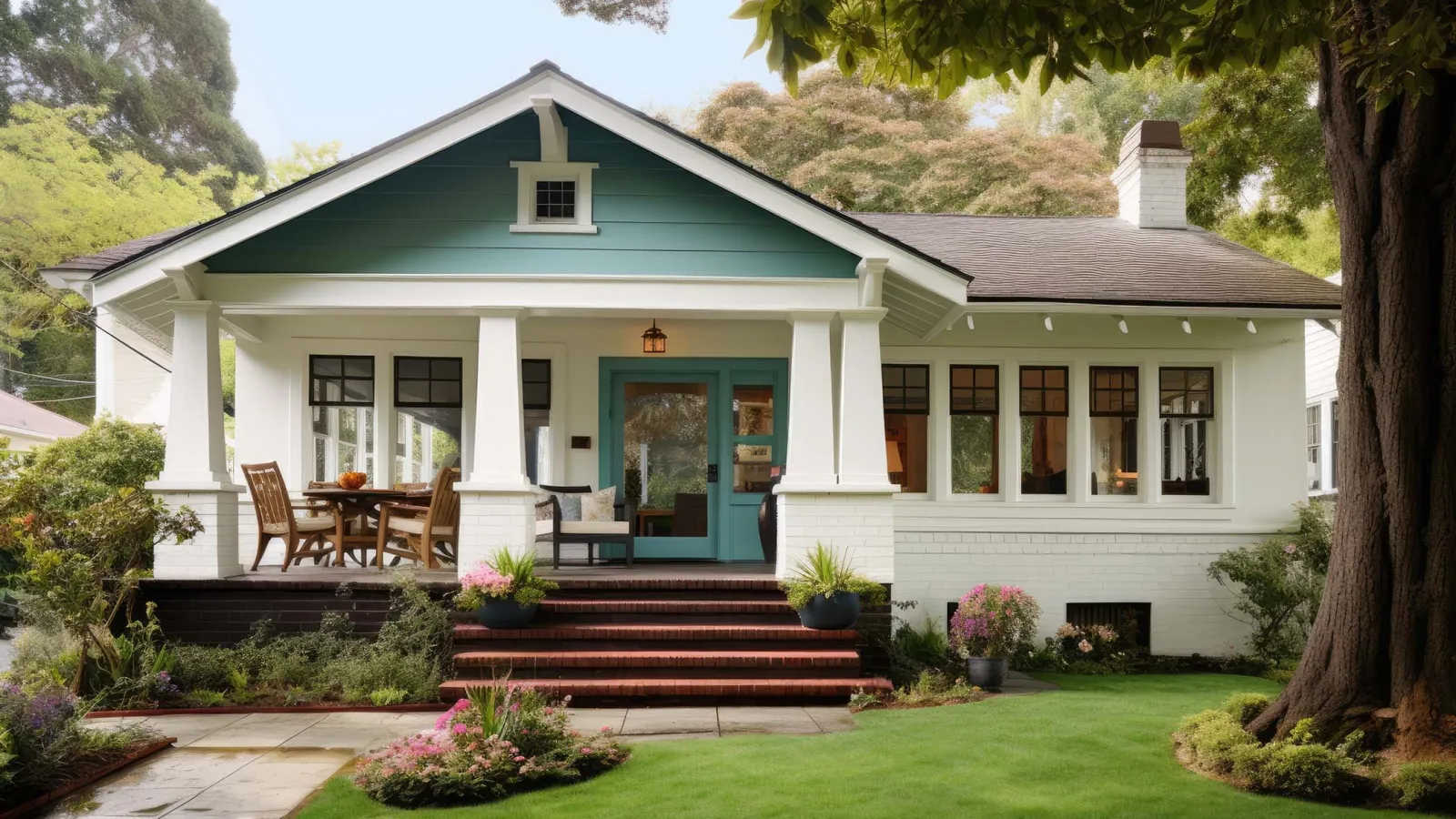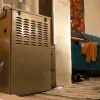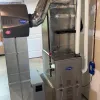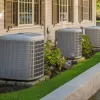Many people think of their homes as a collection of different systems, and they’re correct. Your electricity, plumbing, and HVAC equipment represent separate systems that “power” different aspects of your home.
However, there’s another way to think about your home – not just as a collection of systems but as a single system in which different components work in tandem to produce a clean, efficient, and comfortable living experience. To start thinking of your home in this way, it’s important to understand the concept of the “building envelope.”
What is the building envelope?
A building’s envelope is defined as the continuous thermal and pressure barrier that surrounds the structure. This diagram from Energy Star shows the anatomy of a home envelope:
Imagine you’re driving your car near a construction site on a windy day. You see a large cloud of dust on the horizon. You’ve got no choice but to drive straight through it, but you’re not worried. After all, you’re in your car. You won’t have to breathe in any of that nasty dust.
Except you forgot that your back windows were cracked open.
Pretty soon you’re coughing and sneezing and trying to rub the dirt out of your eyes. You’re used to thinking of your car as a closed envelope, which is why you weren’t worried about the dust. But when there’s a hole in the envelope, pollution can get inside, not to mention lots of hot or cold air, wind, and precipitation.
The point is that it’s useful to think of your living space in much the same way: an envelope that functions best when it’s closed tightly. It should also include a controlled, deliberate method for bringing in fresh air from the outside.
Tightening your home’s building envelope improves energy efficiency.
When it’s freezing outside, you probably don’t open your living room windows. Doing so would cause lots of heat to escape, forcing your furnace to work harder. Keeping your windows closed tightens your home’s envelope, retaining heat indoors and lowering your winter energy bill.
But what if there are holes in your home’s envelope – small, mostly invisible holes that you can’t close as easily as a window? Unfortunately, leaky home envelopes are very much the norm. Many of the Atlanta-area homes we service contain small air leaks that, cumulatively, amount to leaving a window open all year!
These leaks can wreak serious havoc on heating and cooling costs, especially when temperatures hit their highest and lowest extremes. Ways to mitigate and eliminate air leaks around your home include:
- Air sealing: A home energy audit will reveal all of the leaks in your home envelope, most of which are found around doors and windows, pipes, ductwork, and wiring penetrations. Caulking these areas seals the envelope and creates a continuous thermal and pressure boundary.
- Air sealing again: After sealing the leakiest parts of your home, we often perform a second, blower door-guided air sealing job. The reason? After sealing your home, for the first time, the blower door will reveal new places where the air is leaking out! It’s also a quality control check that ensures we’ve met your goals for a healthier, more comfortable, energy-efficient environment.
- Optimizing attics and crawl spaces: By air sealing all wiring penetrations in your attic and sealing and encapsulating your crawlspace (more on that in a moment), you can further tighten your home envelope and maintain greater control over indoor temperatures all year round.
Minimize the entry of dirty, unhealthy air.
Your home envelope isn’t just a thermal barrier. It’s an air barrier, too. Depending on where you live, outdoor air quality can range from consistently fresh and clean to smoggy, stinky, or saturated with seasonal allergens. Outdoor air, of course, can have a profound effect on indoor air quality (IAQ), but it’s not just the air around your home that’s getting inside. It’s the air beneath your home, too.
If your air handler or furnace lives in a basement or crawlspace, the air inside that basement or crawlspace is also the air you and your family are breathing. Whether the air enters through air leaks in the floor or leaky return ductwork, some of it is probably entering your lungs.
Why does that matter? Because conditions in these areas often range from damp to completely wet – the perfect environment for mold and pests to thrive. If you’ve got a typically vented crawlspace in a hot, humid climate like ours, there’s a good chance you’ve got fungal growth down there.
Here are some possible solutions for mitigating the entry of environmental air pollutants into your home and improving indoor air quality:
- Use the right air cleaning system: High-efficiency air filters outperform typical pleated air filters without restricting airflow.
- Install UV lights: By installing UV lights over your system’s indoor coil, you can kill bacteria and mold before your HVAC system circulates it throughout your home. UV lights in your ductwork can also eliminate odors, bacteria, and other indoor pollutants before you have to breathe them.
- Install an Energy Recovery Ventilator (ERV): An ERV brings outdoor air into your home and filters it before it starts circulating. It’s like opening a window but without allowing outdoor pollutants to pierce your home envelope.
- Install a Whole House Dehumidifier with Outside Fresh Air: Another indoor air quality option is the whole house dehumidifier. When you install it with a fresh air damper, the unit brings in outside air, filters it, and dehumidifies the air before circulating it inside your home. You will be much more comfortable at higher temperatures, a result of lower moisture in the air. And with controlled humidity, it’s all but impossible for mold to grow inside your living space.
- Encapsulate your crawl space: A dry crawl space is a wonderful thing. Encapsulated crawlspaces are clean, and dry, and don’t harbor mold. They’re also relatively inhospitable for pests. Check out our guide to encapsulated crawlspaces to learn the right way to encapsulate.
To know which of these improvements makes the most sense for you, home performance testing can help identify the most important improvements and prioritize them. That way, you get the most bang for your buck and more effectively improve comfort.
Home comfort: The ultimate fringe benefit
IAQ is just one aspect of home comfort. Additional benefits of tightening your home envelope include:
- More consistent temperatures throughout your home
- Better indoor humidity regulation throughout the year
- No more cold floors in the winter (or hot, muggy floors in the summer)
- Cleaner, more comfortable crawl spaces, and attics – going inside them won’t seem so scary anymore!
Remember: Your home is a system. Your home’s building envelope is the protective layer that surrounds that system, retaining the air inside of it and keeping it clear of pollutants. Having holes in your home’s envelope damages that system and prevents it from operating at peak performance, diminishing overall comfort for you and your family.
So plug those holes and start optimizing your home envelope! The sooner you build a tight envelope around your home, the sooner you’ll lower your energy bills and improve your IAQ.






